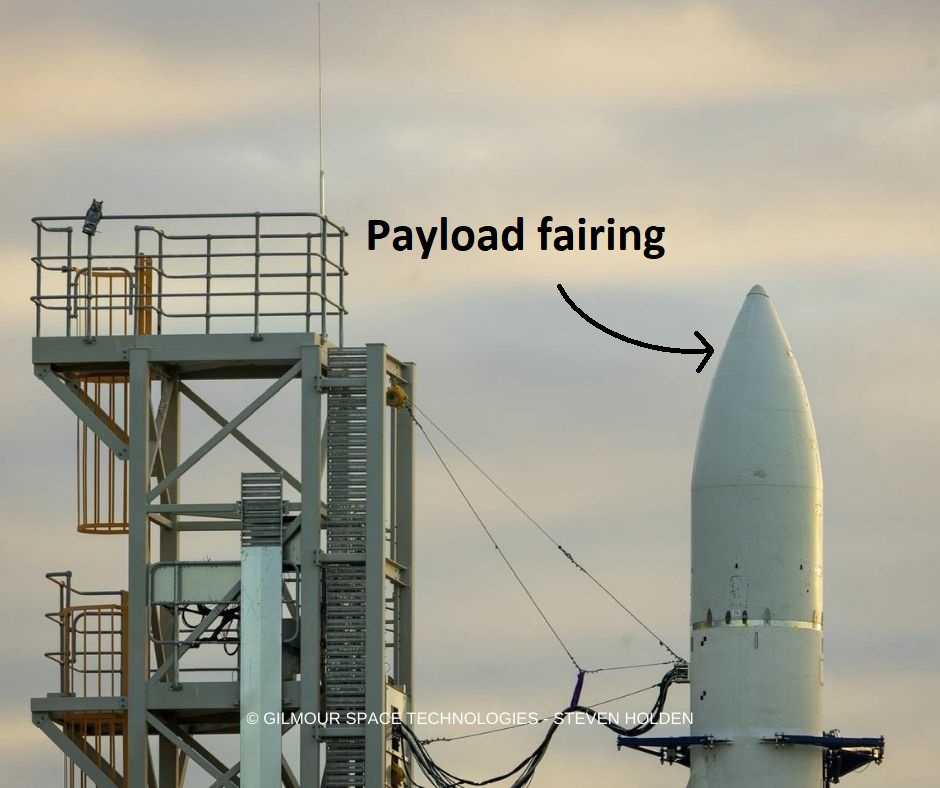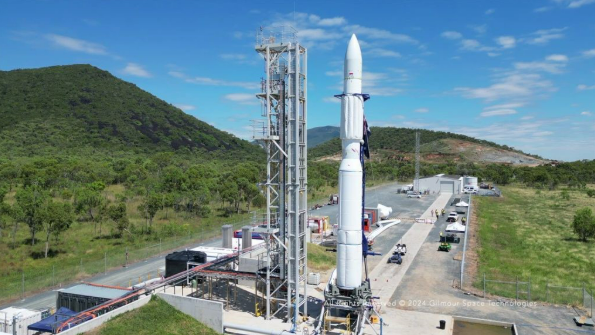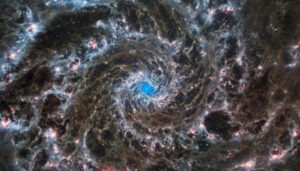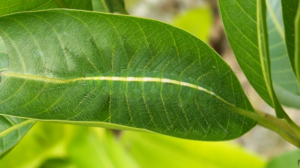In a serious yet unintentionally comedic moment, Australia’s first home grown orbital rocket launch attempt was scrubbed in the early hours of May 16 2025 when the front of the rocket fell off.
The technical description of the incident is “the payload fairings were jettisoned early” but these days it’s impossible to say anything about the forward section of a vehicle malfunctioning without saying the iconic line.
Ok, roll clip:
TAKE TWO
Now we’ve got that out of the way, Gilmour Space – a private spaceflight company headquartered in Queensland – has been quietly developing their Eris rocket for about 10 years now.
They were finally ready to launch their first test flight from the purpose-built Bowen space facility on the northeast coast of Queensland.
Australia has hosted rocket launches before, mostly of European and US origin, but never achieved the combination of an Australian built rocket reaching orbit.
With the goal of carrying a jar of Vegemite into space as a test payload (yes, seriously), this first test flight of Eris would take the rocket northeast over the Coral Sea and reach orbit after about 10 minutes.
That was the plan anyway.
IT WASN’T TO BE
Sadly, due to having more important things to think about, Gilmour Space was not live streaming any video footage of the launch and most observers were relegated to waiting for updates on X (formerly known as Twitter).
In the early hours of the morning of Friday May 16, the update came through.
For those of you unfamiliar with rocket science, this is the payload fairing.

VEGE-MITE NOT MAKE IT
The payload fairing protects the cargo (in this case, Vegemite) from the atmosphere. It also makes the rocket more aerodynamic during the early stages of launch.
It is designed to fall away from the rocket when it is high enough off the ground to be above most of Earth’s atmosphere, where wind resistance doesn’t matter anymore. Premature jettisoning of the payload fairing would almost certainly destroy a rocket in flight due to extreme aerodynamic stress.
Needless to say, once the fairing was gone, the launch wasn’t going to happen. On the bright side though, the Vegemite survived.
INFINITY AND BEYOND
Gilmour Space have postponed any future launch attempts until they understand the cause of this incident, though they wasted no time in shipping in a new payload fairing.
As anybody who has played Kerbal Space Program would know, it is important to check yo’ stagin’.









